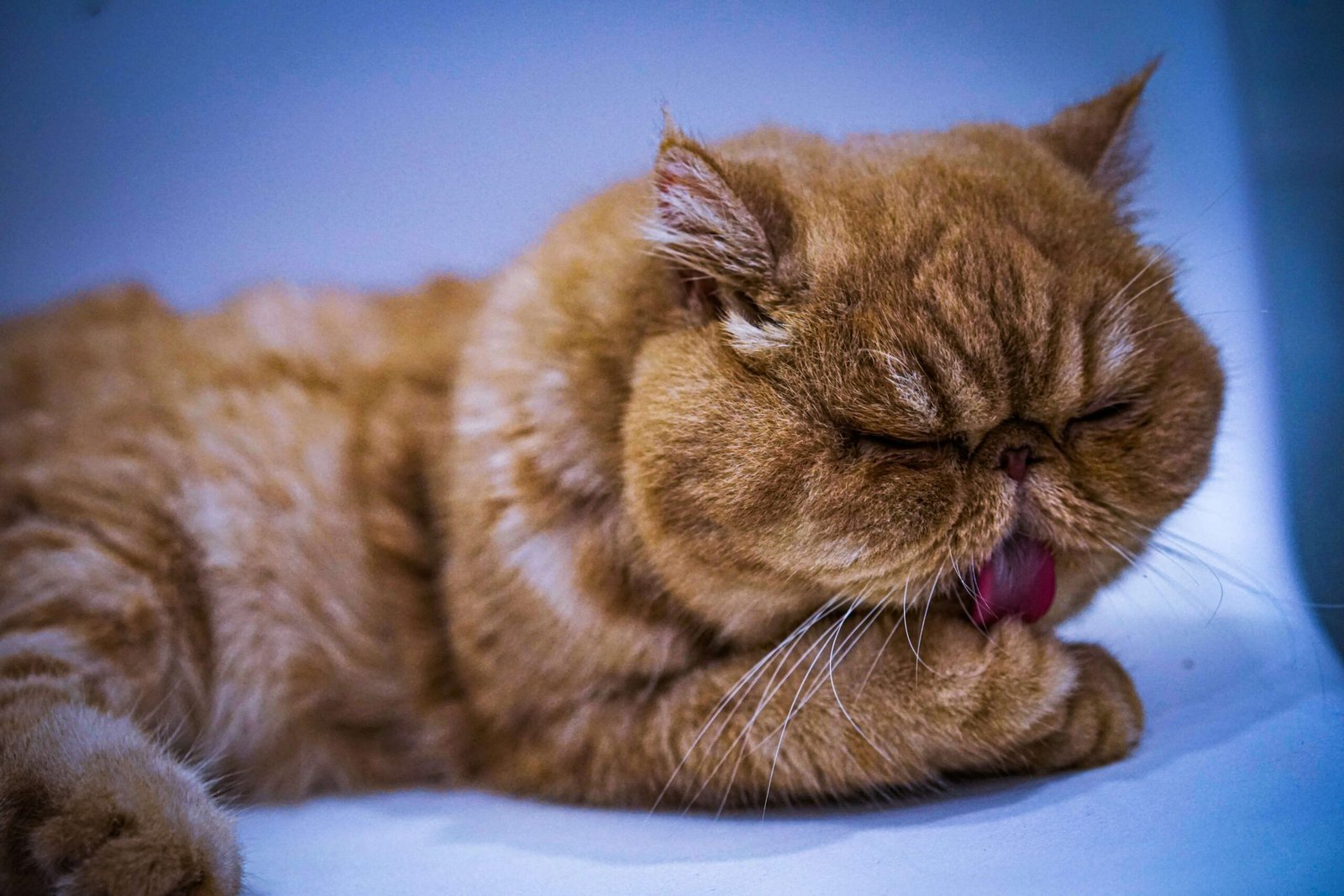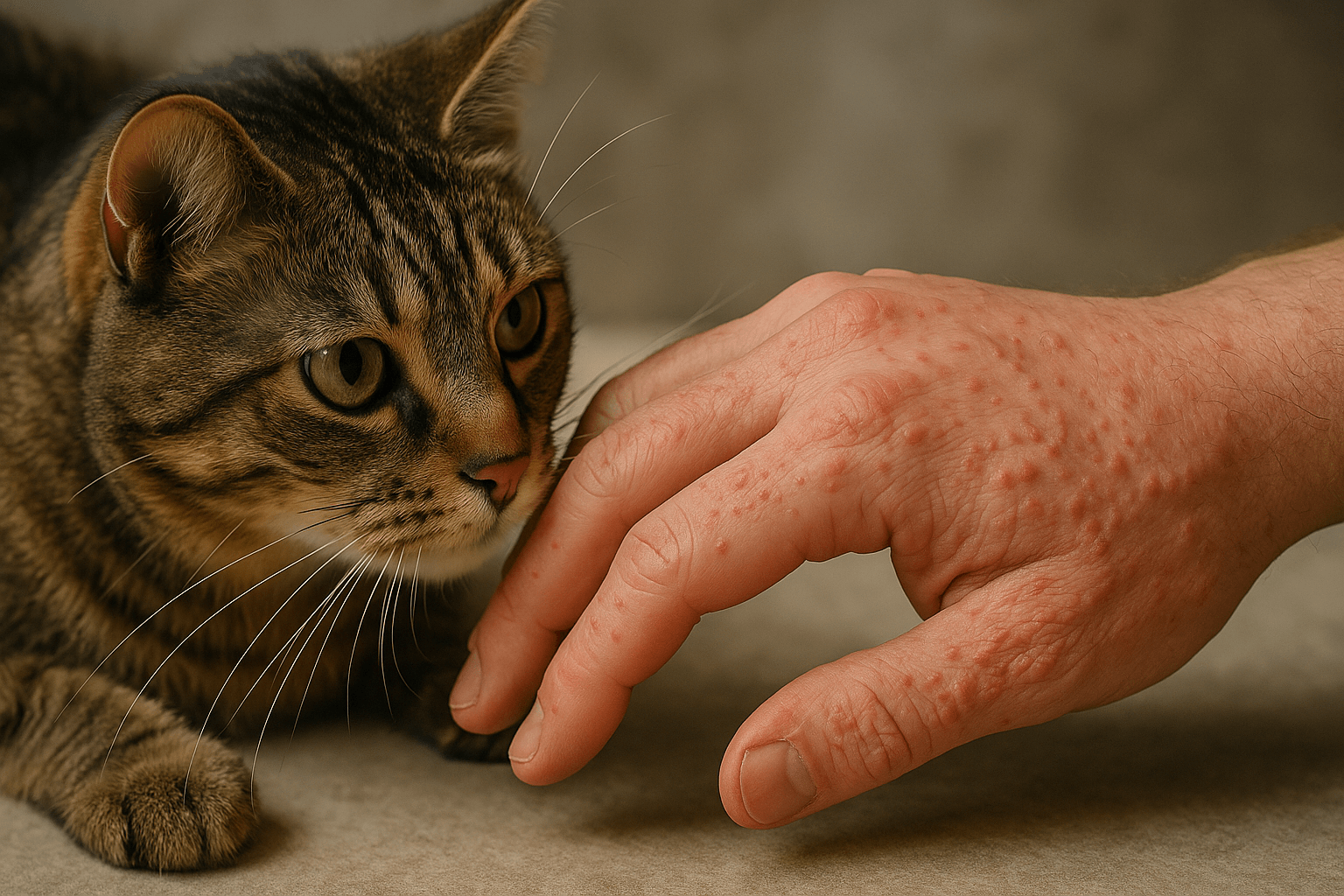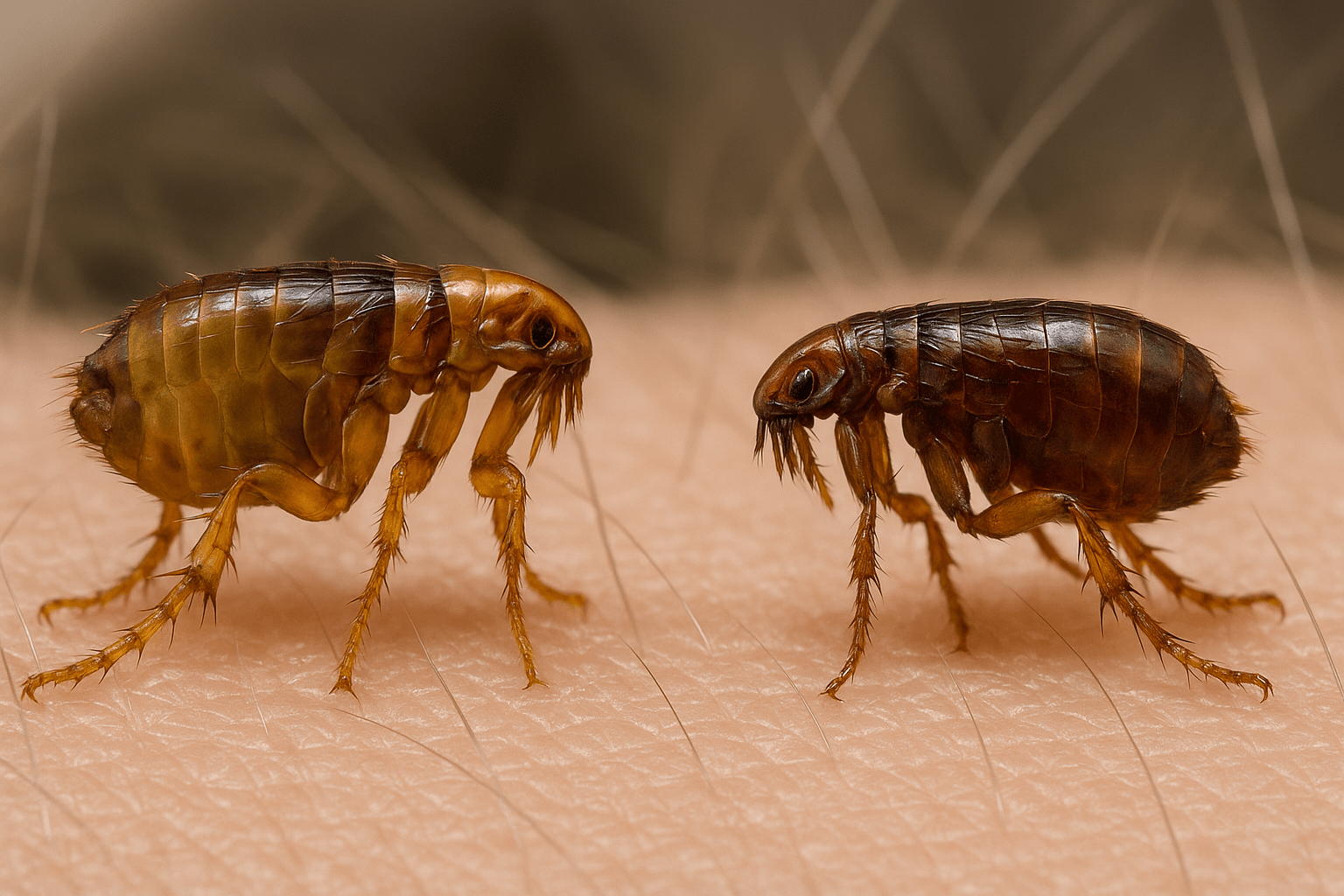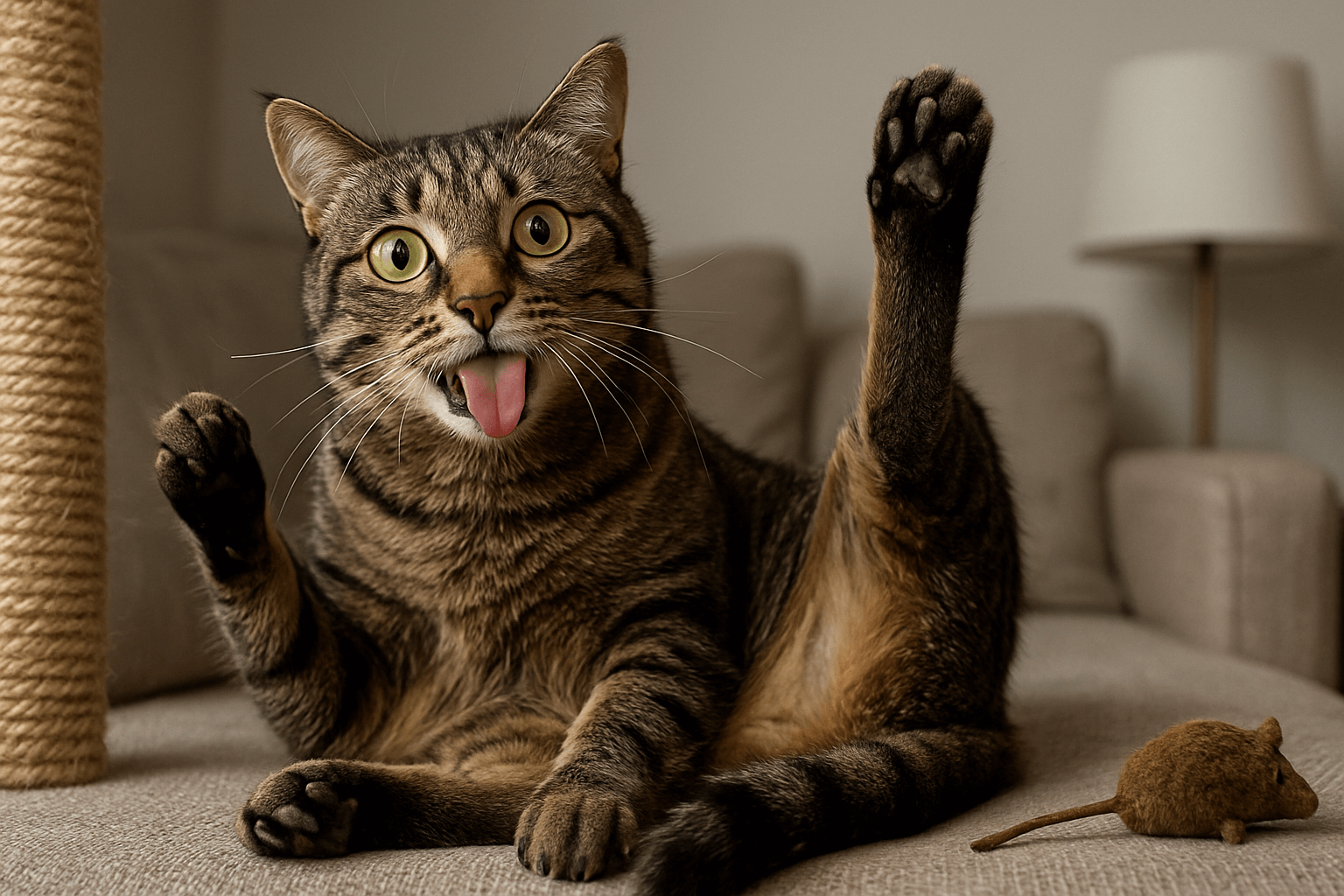Why Are My Cats Ears Cold? Understanding the Mystery Behind This Common Observation
As cat owners, we often find ourselves marveling at our feline companions’ quirky behaviors and unique traits. One such curiosity is when you notice your cat’s ears feeling unusually cold to the touch. Is it normal? Should you be concerned? While cats are known for their ability to regulate body temperature efficiently, cold ears can sometimes signal underlying issues—or simply be a harmless quirk of their biology. In this blog post, we’ll explore the reasons behind cold ears in cats, how to differentiate between normal and abnormal situations, and what steps you can take to ensure your furry friend stays healthy and comfortable.
Common Reasons Why Your Cat’s Ears Feel Cold
Cold ears in cats can stem from a variety of factors, ranging from environmental influences to potential health concerns. Here’s a breakdown of the most common causes to help you better understand why your cat’s ears might feel chilly.
Environmental Temperature :
Cats are sensitive to their surroundings, and cold ears often reflect cooler ambient temperatures, especially during winter months.Normal Circulation Patterns :
A cat’s extremities, including their ears, may feel colder than the rest of their body due to natural blood flow regulation.Relaxation or Sleep Mode :
When cats are deeply relaxed or sleeping, their metabolism slows down, which can make their ears feel cooler.Recent Grooming Behavior :
If your cat has just groomed itself, moisture on their fur can evaporate and temporarily cool the skin, including the ears.Potential Health Issues :
In some cases, cold ears could indicate an underlying medical condition, such as poor circulation, low body temperature, or even shock.
While cold ears are often harmless, it’s important to monitor your cat for other symptoms that might suggest a deeper issue. Always trust your instincts and consult a vet if something feels off.
Signs That Cold Ears Might Indicate a Problem
Not all instances of cold ears are cause for concern, but certain accompanying signs can signal that something isn’t quite right with your cat’s health. Keep an eye out for these red flags to determine whether further action is needed.
Lethargy or Weakness :
If your cat seems unusually tired, unresponsive, or unable to move around normally, this could indicate a serious issue.Pale or Bluish Gums :
Discoloration of the gums alongside cold ears may point to poor oxygenation or circulation problems.Shivering or Trembling :
Shivering can be a sign that your cat is struggling to maintain its body temperature, especially in cold environments.Loss of Appetite :
Refusal to eat or drink could signify an underlying illness or discomfort that requires veterinary attention.Behavioral Changes :
Sudden changes in behavior, such as hiding more than usual or avoiding interaction, can accompany physical symptoms like cold ears.
If you notice any combination of these signs, it’s best to seek professional advice promptly. Early intervention can make a significant difference in your cat’s recovery.
Check this guide 👉Understanding Cat Ear Yeast Infections: Best 7 Health Tips!
Check this guide 👉Understanding Cat Ear Polyps: Best 7 Expert Tips!
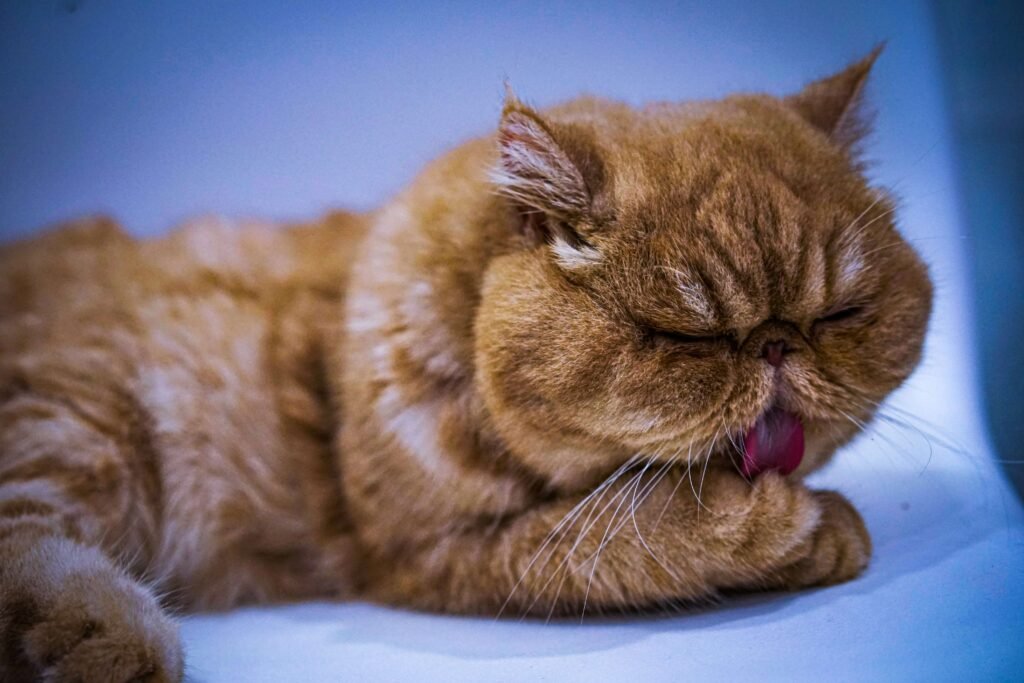
When Cold Ears Are Normal | When to Worry About Cold Ears |
|---|---|
Cooler room temperature | Lethargy or weakness |
After grooming | Pale or bluish gums |
During deep sleep | Shivering or trembling |
Natural circulatory patterns | Loss of appetite |
Seasonal weather changes | Behavioral changes |
How to Keep Your Cat Comfortable in Cooler Weather
If your cat’s cold ears are simply a result of colder weather or environmental factors, there are several steps you can take to keep them cozy and content. Here are some practical tips to ensure your feline friend stays warm and happy.
Provide Warm Bedding :
Offer soft blankets or heated pet beds to give your cat a warm place to rest.Adjust Indoor Temperatures :
Maintain a consistent indoor temperature to prevent drafts or sudden drops in warmth.Limit Outdoor Exposure :
During colder months, minimize the time your cat spends outside to protect them from harsh elements.Encourage Physical Activity :
Engage your cat in playtime to boost their circulation and generate body heat naturally.Monitor Their Diet :
Ensure your cat is eating enough food to maintain energy levels and support internal warmth.
By taking these proactive measures, you can help your cat stay comfortable and reduce the likelihood of cold ears becoming a recurring issue.
Preventive Measures to Support Your Cat’s Overall Health
Maintaining your cat’s overall well-being is key to ensuring they remain healthy and resilient against minor issues like cold ears. Here are some preventive strategies to incorporate into your routine.
Regular Vet Check-Ups :
Schedule annual or biannual visits to catch any potential health concerns early.Balanced Nutrition :
Feed your cat high-quality food tailored to their age, size, and activity level.Hydration Monitoring :
Ensure your cat has access to fresh water at all times to support hydration.Parasite Prevention :
Use flea, tick, and worm treatments as recommended by your vet to avoid complications.Routine Grooming :
Regular brushing keeps your cat’s coat clean and helps distribute natural oils for insulation.
By prioritizing these preventive measures, you’ll not only address cold ears but also promote long-term health and happiness for your cat.
How to Assess Your Cat’s Ear Temperature Accurately
If you’re concerned about your cat’s cold ears, it’s important to assess their temperature accurately before jumping to conclusions. Here are some practical steps to help you determine whether your cat’s ear temperature is within a normal range.
Use the Back of Your Hand :
Gently place the back of your hand against your cat’s ears for a more accurate sense of temperature compared to using your fingertips.Compare with Other Body Parts :
Check the temperature of other areas, such as their paws or belly, to see if the coldness is localized to the ears or more widespread.Observe Their Behavior :
Pay attention to how your cat is acting—calm and relaxed behavior often indicates that cold ears are not a cause for concern.Feel for Moisture :
Dampness on the ears could indicate recent grooming or exposure to moisture, which might explain the chill.Monitor Over Time :
Recheck your cat’s ear temperature periodically throughout the day to identify any patterns or changes.
By following these steps, you can gather valuable information to better understand your cat’s condition and decide whether further action is necessary.
Common Misconceptions About Cold Cat Ears
There are several myths surrounding cold ears in cats that can lead to unnecessary worry or misinformation. Let’s debunk some of these misconceptions to help you stay informed.
Cold Ears Always Mean Illness :
While cold ears can indicate health issues, they are often just a result of environmental factors or normal body regulation.All Cats Should Have Warm Ears :
Not true—ear temperature varies between individual cats based on their size, coat thickness, and activity levels.Cold Ears Are a Sign of Poor Circulation :
In most cases, cold ears are unrelated to circulation unless accompanied by other symptoms like lethargy or pale gums.You Should Immediately Warm Up Cold Ears :
Forcing warmth on your cat’s ears without understanding the cause can do more harm than good.Cold Ears Are Exclusive to Outdoor Cats :
Indoor cats can also experience cold ears due to air conditioning, drafts, or simply lying on cool surfaces.
Understanding these misconceptions can help you approach your cat’s cold ears with a clearer perspective and avoid unnecessary stress.
When to Seek Immediate Veterinary Attention
While cold ears are often harmless, certain situations require urgent veterinary care to ensure your cat’s safety. Recognizing these scenarios can make all the difference in addressing potential emergencies.
Signs of Shock :
If your cat has cold ears along with rapid breathing, weak pulse, or collapse, they may be experiencing shock and need immediate care.Exposure to Extreme Cold :
Prolonged exposure to freezing temperatures can lead to hypothermia, which requires professional treatment.Unexplained Weight Loss :
Sudden weight loss combined with consistently cold ears could signal an underlying metabolic issue.Difficulty Moving or Standing :
Cold ears paired with difficulty walking or standing may indicate neurological or circulatory problems.Persistent Symptoms :
If your cat’s cold ears don’t improve despite warming measures or persist alongside other concerning signs, it’s time to consult a vet.
Being aware of these critical situations ensures you can act quickly and potentially save your cat from serious complications.
Frequently Asked Questions About Cold Cat Ears
Is it normal for my cat’s ears to feel cold sometimes?
Yes, it’s usually normal, especially in cooler environments or during relaxation. However, persistent coldness accompanied by other symptoms warrants a vet visit.
Can cold ears mean my cat is sick?
They might indicate illness, particularly if paired with lethargy, pale gums, or behavioral changes. Always consult a vet to rule out health issues.
Should I worry if my cat’s ears are cold after being outside?
Not necessarily, as exposure to cold air can temporarily chill their ears. Bring them indoors, dry them off, and observe for any unusual behavior.
How can I tell if my cat is too cold?
Look for shivering, seeking warmth excessively, or reluctance to move. These are signs your cat may need additional warmth immediately.
Can kittens have cold ears too?
Yes, kittens are more prone to temperature fluctuations due to their smaller size. Keep them warm and monitor closely for signs of distress.
Final Thoughts: Understanding Cold Ears in Cats
In conclusion, noticing that your cat’s ears feel cold doesn’t always spell trouble—it’s often a harmless response to their environment or natural physiological processes. However, staying vigilant about accompanying symptoms and understanding the potential causes will empower you to act swiftly if needed. By providing proper care, maintaining a warm living space, and scheduling regular vet check-ups, you can ensure your cat remains happy, healthy, and thriving year-round. Remember, your intuition as a pet parent is invaluable—trust it, and don’t hesitate to reach out to professionals whenever you’re unsure.
Canned Pumpkin for Cat Diarrhea: Best 7 Expert Tips! Natural remedy to firm stools, soothe upset bellies, and support gut health safely.
Can a Cat Give You Scabies? Best 7 Expert Tips! Discover the truth about feline mites, human skin risks, and how to protect yourself—without panic.
Cat Flea vs Human Flea: Best 7 Expert Tips! Discover the truth about bites, species, and how to eliminate infestations for good.
Weird Cat Behaviors: Best 7 Expert Tips! Discover why cats do strange things—and how to understand, not punish, their instincts for a happier home.

